Understanding the subtleties of equine communication is a fascinating journey into the world of horses. To effectively “read” a horse, one must become adept at interpreting the various signals and behaviors they exhibit. This knowledge not only enhances safety around these powerful animals but also deepens the human-horse bond.
To quickly grasp the essentials of how to read a horse, consider the following key points:
- Ears, eyes, mouth, tail, and skin are the primary communication channels for a horse.
- Posture, expression, and movements are subtle cues that reveal a horse’s thoughts and feelings.
- Understanding these signals is crucial for building a strong and safe relationship with your horse.
Gaining Insight into Equine Social Dynamics
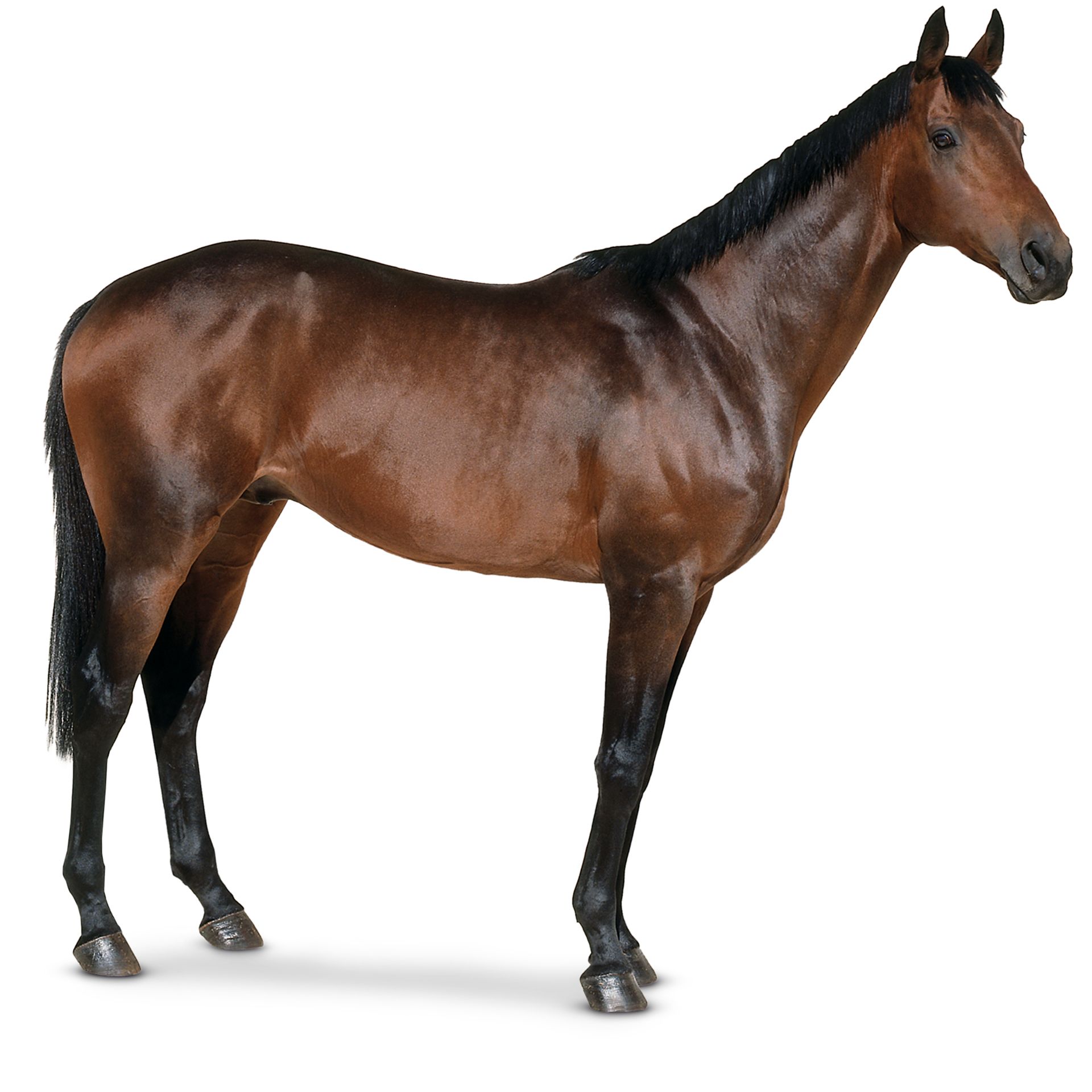
The complex social structure of horses is mirrored in their sophisticated system of non-verbal cues and actions. These behaviors are not solely for survival but also for maintaining intricate social bonds within their herds and with human companions. Delving into this rich communication framework allows for a seamless integration with humans, fostering a peaceful coexistence.
Sensory Contributions to Equine Interactions
Horses possess an acute sensitivity to their environment, with their senses playing a crucial role in their interaction with the world. Their tactile awareness, olfactory acuity, and sharp hearing collectively shape their behavioral responses and social interactions, highlighting the importance of understanding these sensory influences.
Impact of Habitat on Equine Conduct
The living conditions and immediate environment of a horse greatly shape its behavior. From the spaciousness of their grazing areas to the confines of their quarters, these factors can elicit a range of behaviors, from relaxation to signs of discomfort. Acknowledging the significance of these external conditions is key to comprehending equine behavior.
Routine’s Influence on Equine Stability
The preference for a predictable schedule is a notable aspect of a horse’s life, contributing to their sense of well-being. Changes in their daily patterns can lead to behavioral manifestations of unease, emphasizing the importance of maintaining consistency in the care and management of horses.
The Link Between Health and Equine Conduct
A horse’s physical state directly affects its demeanor and actions. Optimal health often correlates with positive behavior, whereas pain or discomfort can result in negative behavioral expressions. Regular monitoring of a horse’s health is crucial to address any behavioral concerns that may signal medical issues.
Connections Between Diet and Behavior
The diet of a horse is a key factor in its behavior, with the right balance of nutrients contributing to a stable and content disposition. Understanding the dietary needs of horses is essential to prevent nutritional imbalances that could manifest as behavioral problems.
Through the study of these facets of equine life, individuals can significantly improve their understanding of equine behavior, leading to better care and stronger relationships with these noble creatures.
Enhancing Communication with Horses through Behavioral Cues

Delving deeper into the realm of equine communication, one can gain insight into a horse’s mind and emotions by closely observing their body language. This practice is essential for creating safe and enriching interactions. Being attuned to the subtler aspects of a horse’s expression can unveil their anticipated responses and help in comprehending their actions across diverse scenarios. Developing an understanding of interpreting equine behavior enables riders to cultivate a synchronous and mutually respectful relationship with their horses.
Assessing a Horse’s Facial Expressions
Analyzing the facial expressions of horses provides valuable information regarding their feelings. Consider the following:
- Tension in the face, such as a clenched jaw, may indicate distress or discomfort.
- A peaceful expression with soft facial muscles often suggests contentment.
Evaluating the Significance of Eye Expressions
The eyes of a horse are expressive and can disclose their emotional state:
- Relaxed eyes with a gentle gaze may point to a tranquil mind.
- Intense, wide-eyed attention often signals heightened awareness or curiosity.
Interpreting Ear Movements and Positions
The position and movement of a horse’s ears are insightful indicators of where their attention lies and their current mood:
- Ears that are actively moving can show alertness to the surroundings.
- An asymmetrical ear position often reflects mixed feelings or indecision.
Understanding the Significance of Tail Movements
The carriage and motion of a horse’s tail can divulge much about their emotional well-being and state of comfort:
- An elevated tail might express a spirited or lively mood.
- A tail held close to the body often points to apprehension or discomfort.
Observing Body Posture and Muscle Tension
A horse’s body language, including muscle tension and posture, is a strong indication of their mood and potential intentions:
- A horse with a soft, supple posture usually indicates relaxation.
- Noticeable muscle tension might signal that the horse is poised for sudden movement.
Analyzing Leg Stance and Movement
Leg positioning and the way a horse shifts its weight can reflect its current psychological state:
- When a horse is resting one leg, it generally means they feel secure in their environment.
- Frequent weight shifting might be a sign of unease or physical discomfort.
Observing Breathing and Attention to the Flanks
Monitoring the horse’s breathing rate and attention to its sides can provide additional behavioral context:
- Increased breathing may be a reaction to stress or excitement.
- If a horse seems preoccupied with its flanks, this could be a response to pain or external annoyance.
By being mindful of these equine body language cues, horse caretakers can improve their capability to decipher the intricate language of horses. This knowledge not only strengthens the bond between horse and human but also plays a significant role in the health and well-being of these noble animals. As one’s proficiency in recognizing signs of horse mood and nuanced behaviors grows, a deeper level of partnership and collaboration is achieved.
Understanding Equine Vocal Expressions
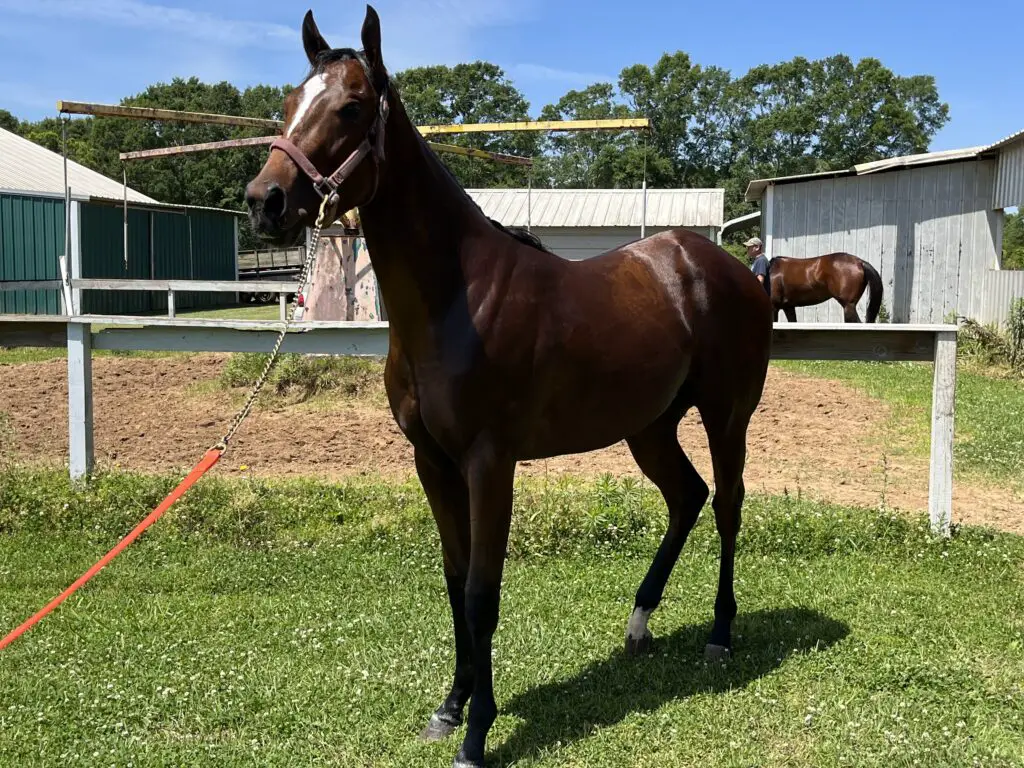
While horses communicate through body language, their vocal expressions also play a pivotal role in conveying emotions and intentions. Recognizing the various sounds made by horses can enrich the partnership between humans and equines, providing insight into their needs and feelings.
Interpreting the Nuances of Equine Sounds
Horse vocalizations are diverse and meaningful within their social language. Each sound, from the softest nicker to the loudest whinny, carries specific information that, when understood, can reveal much about a horse’s emotional state.
Assessing Vocal Signals in Different Situations
The context in which a horse uses its voice is as important as the sound itself. Vocal signals can indicate whether a horse is interacting with peers, expressing feelings towards human caregivers, or responding to environmental changes.
Understanding Vocal Indicators of Discomfort
While vocalizations can represent positive connections, they also serve as indicators of stress or discomfort. It’s vital to recognize these signs to ensure timely intervention and support for a horse’s welfare.
Synthesis of Vocal and Behavioral Cues
An integrated approach to interpreting a horse’s vocalizations involves considering them alongside other behaviors. This comprehensive perspective allows for a more accurate understanding of a horse’s overall well-being.
Monitoring Vocal Patterns for Health and Environment Insights
Changes in a horse’s vocal behavior can signal variations in their health or environment, warranting a careful evaluation to identify any underlying issues that may need to be addressed.
By delving into the auditory aspect of horse communication, we can further our ability to provide responsive and empathetic care. Listening attentively to their vocal expressions allows us to cultivate a deeper bond with these sensitive creatures, enhancing their quality of life and our shared experiences.
Observational Insights into Equine Life
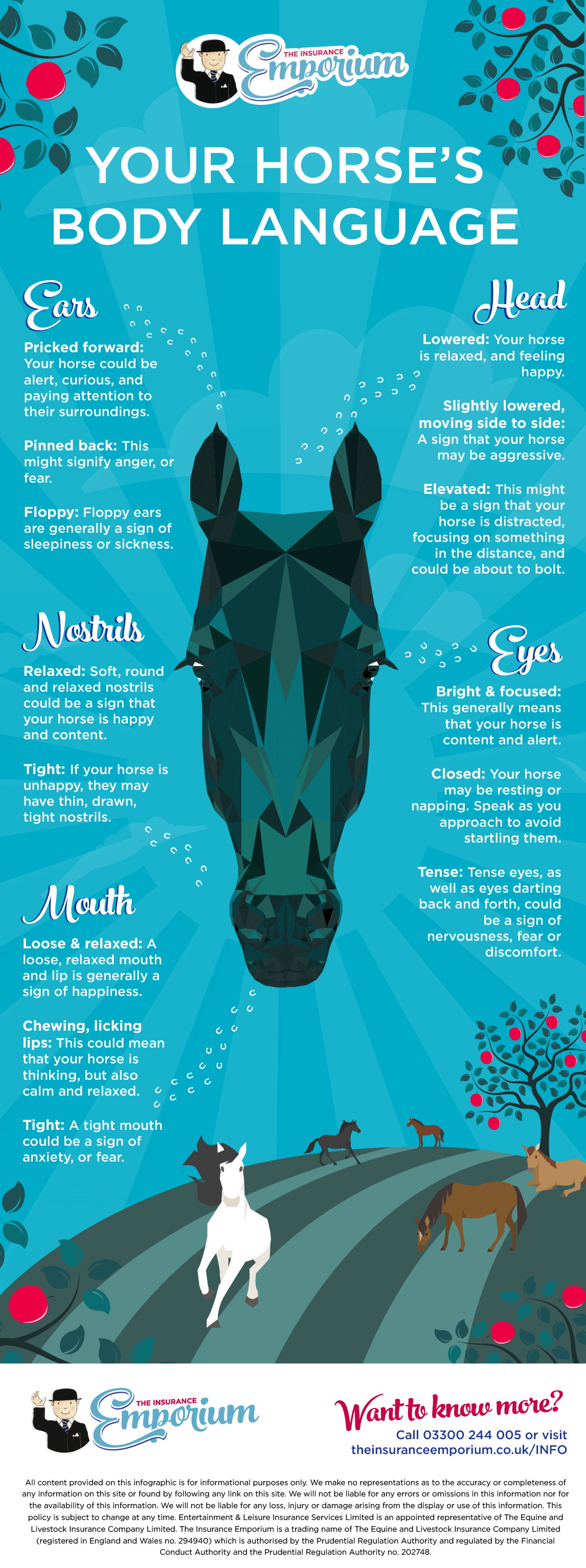
Keen observation is essential when deepening one’s knowledge about horses. Watching these animals in diverse contexts allows us to comprehend their unique needs and intricate social hierarchies, leading to a more intuitive and wordless rapport with them.
Influence of Living Conditions on Equine Demeanor
Horses react to their environment, and their behavior can be a reflection of their living conditions. A horse in a well-kept field may exhibit joy and sociability, whereas one in cramped or disorderly spaces may show signs of tension. By recognizing these environmental effects, we can glean insights into their comfort and mental state.
Learning from Equine Social Interactions
Observing equine social behavior is like looking through a window into their society. Witnessing how they interact with one another helps us understand their individual roles and communication methods, such as using body language to express hierarchy or to maintain personal space.
Understanding Equine Play and Its Purposes
Equine play is more than mere entertainment; it’s a key element in their social and physical development. Through play, horses learn vital skills and reinforce group structures. By paying attention to these playful interactions, we can get a clearer picture of their evolving dynamics and character traits.
Seasonal Influences on Horse Activity
Horses adjust their behaviors with the changing seasons, and by observing these adaptations, we can better understand their natural rhythms. These observations can inform us about their energy levels, foraging behaviors, and group interactions in response to environmental factors like temperature and daylight hours.
Human Interactions and Their Impact on Horses
The nature of a horse’s interaction with humans can significantly shape its reactions and behaviors. By observing how horses respond to different handling styles, we can infer their past experiences and current level of comfort with human companionship, gaining insight into the importance of gentle and consistent human contact.
Systematic Observational Strategies for Equine Understanding
Adopting a structured approach to observation can yield profound insights into equine behavior. Observing horses during various routines, under different weather conditions, and in assorted settings, can help us recognize behavioral patterns and cater to their specific needs more effectively.
By committing to careful observation and constant learning, equine enthusiasts can cultivate a more profound understanding of these animals. This continuous journey of discovery is crucial for creating a supportive atmosphere that nurtures the bond between humans and horses.
Establishing Trust and Clear Leadership with Equines
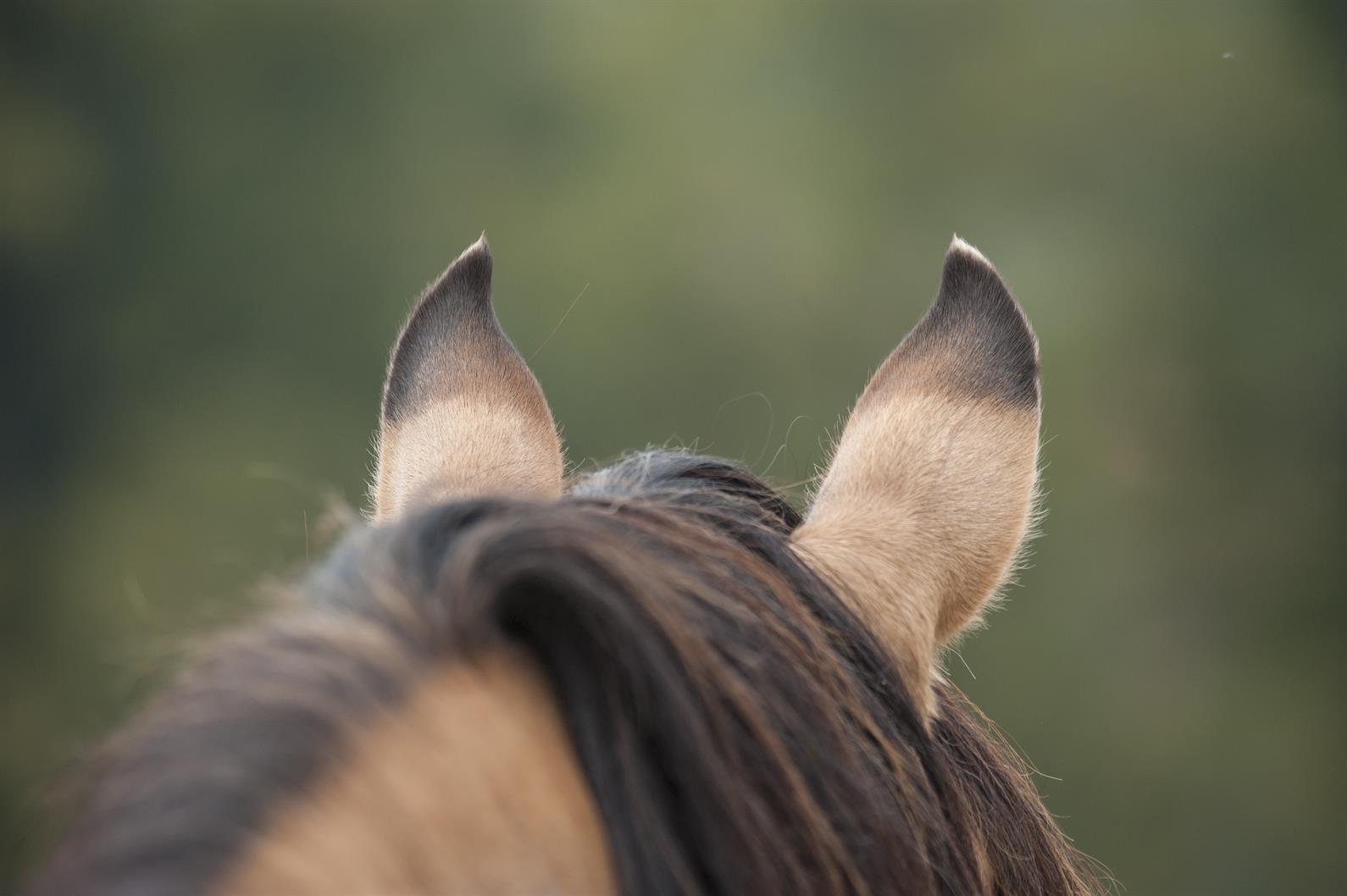
Cultivating a meaningful connection with horses involves more than simple interaction; it requires a profound link founded on trust and clear guidance. Such connections are strengthened when humans exhibit leadership qualities that resonate with the equine need for structure. By fostering an environment based on understanding and reciprocal respect, we can establish a bond that is beneficial and enduring.
Embracing the Role of a Compassionate Leader
In the equine world, the social hierarchy is naturally recognized by horses, who are predisposed to seek a leader. To become a trusted guide for a horse, one should display confidence and provide reassurance through their presence and behavior. An equine leader should exemplify consistency, fairness, and assertiveness — qualities that offer clear direction and set healthy limits. Here is how one can personify leadership with their horse:
- Be decisive yet gentle, avoiding any form of aggression.
- Communicate with your horse using straightforward and uniform signals.
- Maintain patience and positivity, acknowledging desirable behaviors.
- Model tranquility and self-control, influencing your horse through your own conduct.
Initiating and Deepening Your Bond with Horses
The initial approach to a horse is crucial, as it can shape the future of your interaction. When meeting a horse, one should exhibit a serene and welcoming attitude, inviting the horse to recognize and become comfortable with your presence. Deepening the bond with your horse can involve a variety of trust-building activities. These should be enjoyable for both parties, fostering positive feelings towards your companionship. To promote a closer bond, consider these practices:
- Carry out consistent grooming, which provides care and mimics natural herd interactions.
- Spend quiet time simply being present in the horse’s environment to establish a sense of friendship.
- Hand-feed treats judiciously to form a connection through positive reinforcement, while maintaining respect and control.
- Implement a regular schedule for interactions, offering the horse a sense of stability and security.
Adopting the Horse’s Point of View
To truly connect with horses, one must consider their instinctual nature as prey animals and the importance of trust-building. They are attuned to their surroundings and the intentions of others. Approaching equine interactions with empathy and patience is essential in developing a true and lasting bond.
Enhancing the Bond through Non-Verbal Interaction
Non-verbal communication is at the heart of how horses interact. Being conscious of the signals you convey to your horse is important. It’s beneficial to practice using body language, such as eye contact or your stance, to express your wishes and expectations. Proficiency in non-verbal communication can strengthen your connection and confirm your leadership role.
Building Trust with Steadfastness and Consideration
Just as with any profound relationship, trust is fundamental when interacting with horses. Regularity in your approach and daily activities lays down a dependable framework in which horses can feel comfortable. By respecting their personal space and understanding their requirements, you can foster a feeling of safety. This mutual respect and trust encourage the horse to accept your guidance and depend on you for protection.
Incorporating these approaches into your horse interactions ensures you are seen as a leader they willingly follow. By doing so, you create a partnership characterized by mutual respect, effective communication, and trust — essential components for a solid and enduring relationship with these dignified animals.
Enhancing Interaction with Horses through Behavioral Understanding
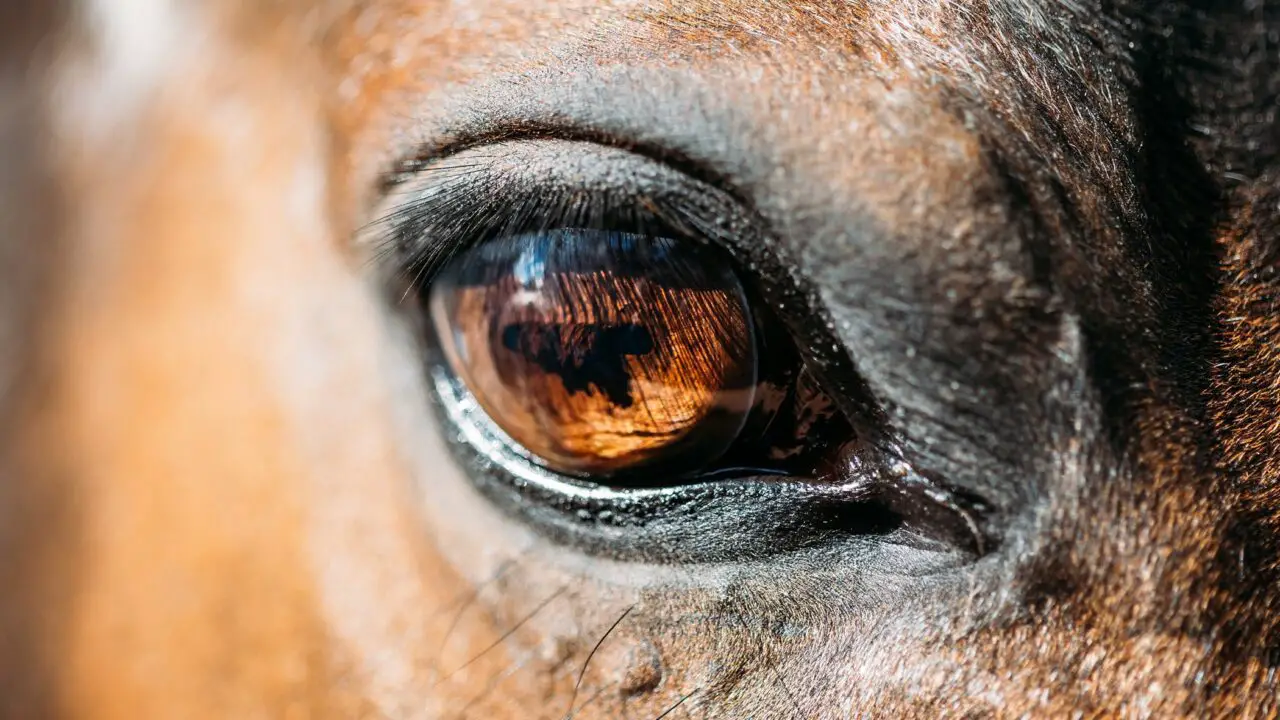
Developing a deeper comprehension of horse behavior can significantly improve the way handlers interact with these majestic animals. By being attuned to their body language and actions, one can foster a more symbiotic and secure relationship. Mastery in the art of reading horse signals allows for a proactive approach to meeting a horse’s needs and enhancing mutual respect.
Behavioral Context in Equine Communication
Observation is key in interpreting the context of a horse’s actions. Certain patterns, when understood, can deliver insights into their psyche. For instance, a horse’s licking and chewing might be an acquiescent response during training. Grasping these behavioral nuances is crucial:
- A horse with a gentle approach and a drooping head might be expressing trust or a desire for interaction.
- Differentiating between a relaxed snort and one paired with tension helps discern between curiosity and potential alarm.
- Spotting repetitive ground pawing can be indicative of a horse’s restlessness or discontent.
Proactive Safety Strategies
Proactive observation of horses is essential for preempting unsafe encounters. Identifying a horse’s body language can guide handlers in taking appropriate actions:
- Recognize the importance of respecting a horse’s personal area to avoid startling them.
- Learn to interpret the dilation of a horse’s eyes or nostrils as a precursor to possible flight responses.
- Paying attention to the warning signs of a horse about to kick can help prevent injuries.
Deciphering Equine Space Usage
How a horse occupies and moves within its space offers vital clues to its mindset and future actions:
- Stability in stance often reflects a horse’s calmness, while restlessness may suggest anxiety.
- A horse’s inclination towards or away from a person can indicate its level of comfort or unease.
- Understanding the significance of a horse’s approach to another with pinned-back ears is important in recognizing assertive behavior or aggression.
Insights from Social Engagement
Equine social interactions are a window into their hierarchy and individual personalities:
- Observing the social order among horses can enlighten us about their community structure.
- Noting the way horses greet one another can provide understanding into their social rituals.
- Recognizing play activities such as chasing or mutual grooming can offer perspective on their relationships and group unity.
Distinguishing Comfort and Discomfort
Knowing the contrast between a horse’s relaxed and stressed states is beneficial for communication:
- Identify a horse’s ease by looking for signs like a slack lower lip or semi-closed eyes, whereas tension can be seen in a strained facial appearance.
- A horse with a smooth gait is likely at ease, while a rigid walk could denote tension.
- Distinguish between friendly behaviors like soft nuzzling and signs of annoyance such as snapping.
Recognizing and Responding to Defensive Behaviors
Understanding a horse’s defensive reactions is vital for managing stress and maintaining a peaceful environment:
- Be alert to behaviors like a raised tail or arched back which may signal defensiveness.
- Ear positioning can be telling, with flattened ears suggesting fear and flicking ears revealing uncertainty.
- Identify fight or flight postures in horses to better anticipate their reactions and provide reassurance.
Deciphering Equine Body Language
Horses communicate their intentions through an array of gestures that, when decoded, can lead to more meaningful exchanges:
- Interpret a horse’s outreach with its head and neck as either a sign of wanting interaction or expressing a need for space.
- Recognize that a horse’s nipping or nose pushing can be playful or a bid for attention.
- A horse presenting its back might be signaling a wish for solitude or rest, rather than disrespect.
Engaging these insights with an attentive and adaptable mindset can significantly advance your proficiency at reading horse signals. This commitment not only enriches your experience but also promotes a secure and pleasurable atmosphere for both you and the horse.
If you’re delving into the world of equine care and communication, you might find our comprehensive guides quite helpful. Whether you’re looking to understand how to properly maintain your horse’s hygiene with a thorough wash, interested in expanding your family through adoption, or need to know the best practices for after-bath care, such as drying your horse effectively, we have you covered. Dive into these articles to ensure you’re providing the best care for your equine companion.
Conclusion: Enhancing Your Horse Communication Skills
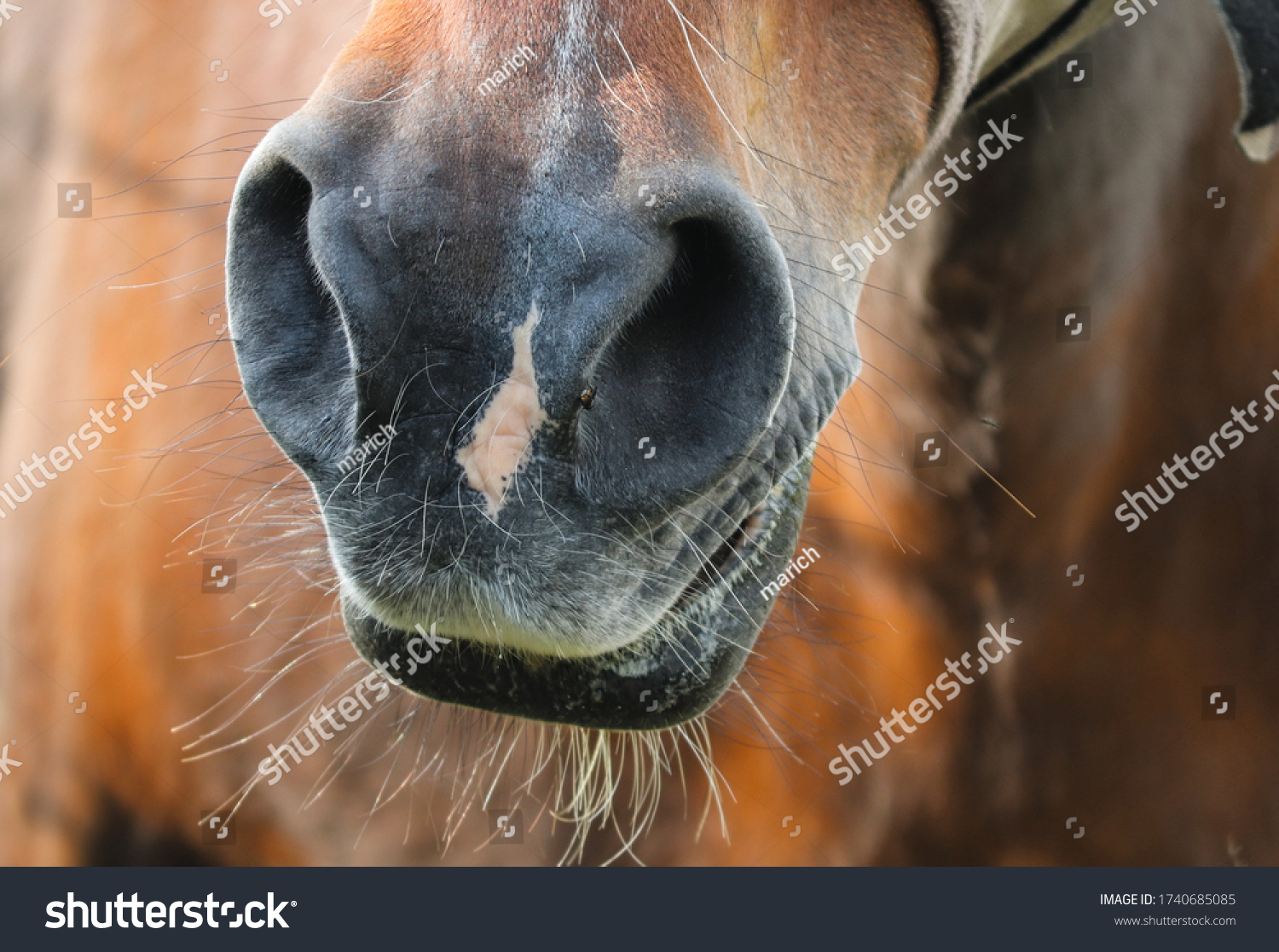
Mastery in interpreting equine behavior comes with patience and experience. By consistently applying the knowledge of signs of horse mood and horse expressions, you can develop a deeper, more communicative relationship with your equine companion. An excellent resource for further learning is The Horse, which provides valuable insights into equine body language. Continue observing, learning, and engaging with your horse, and the mutual understanding will surely grow.



